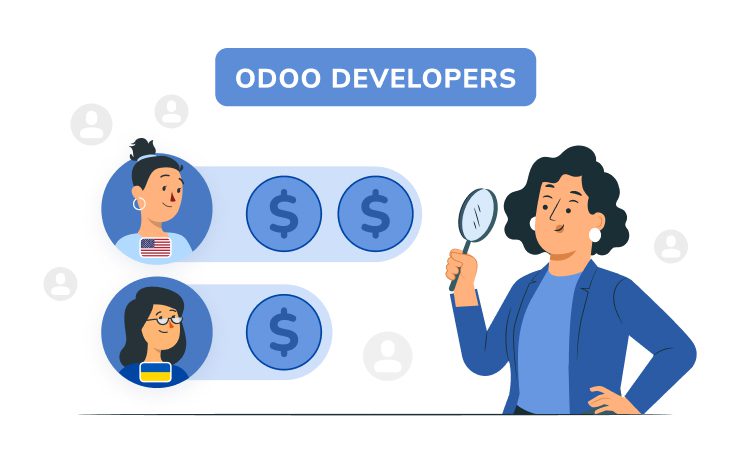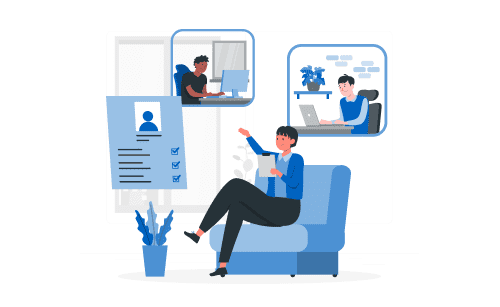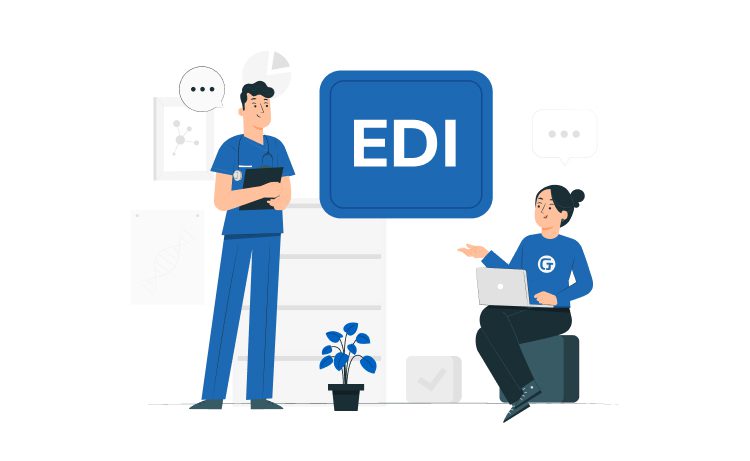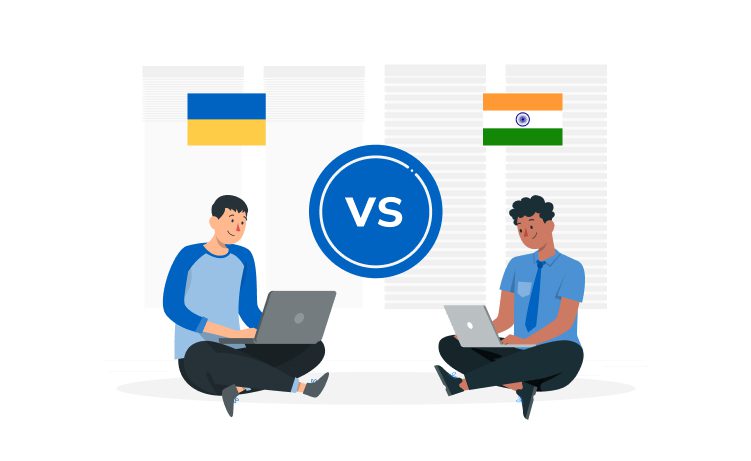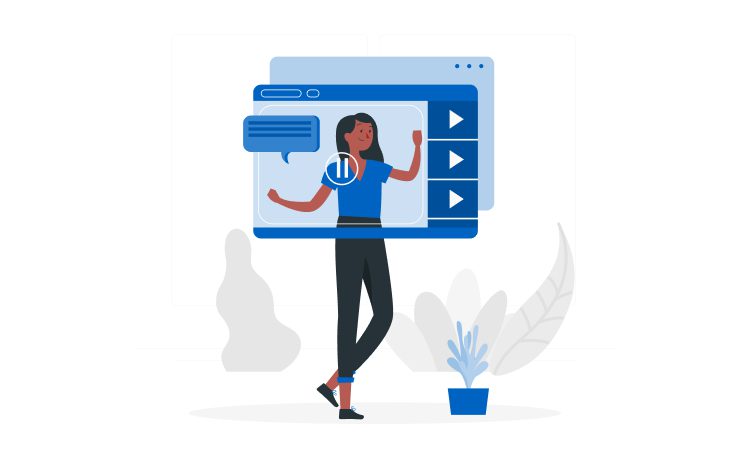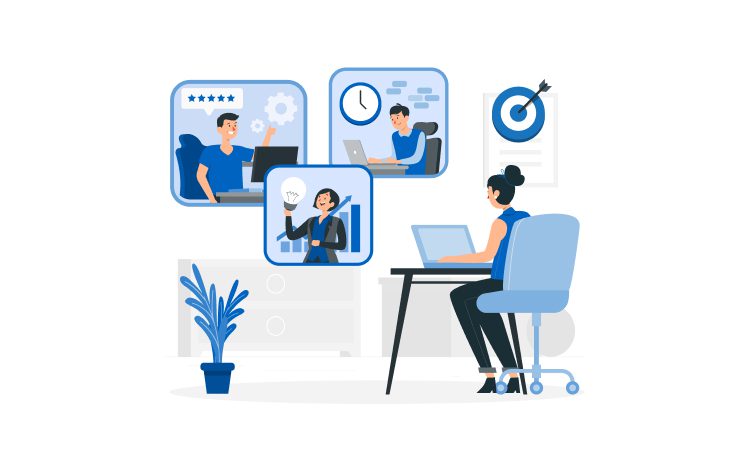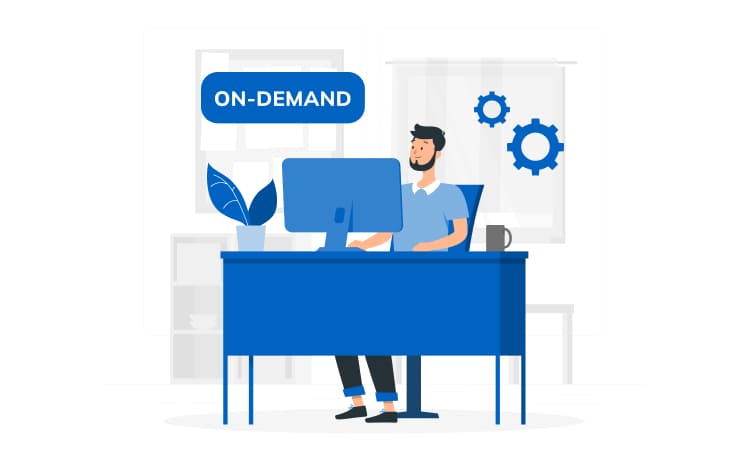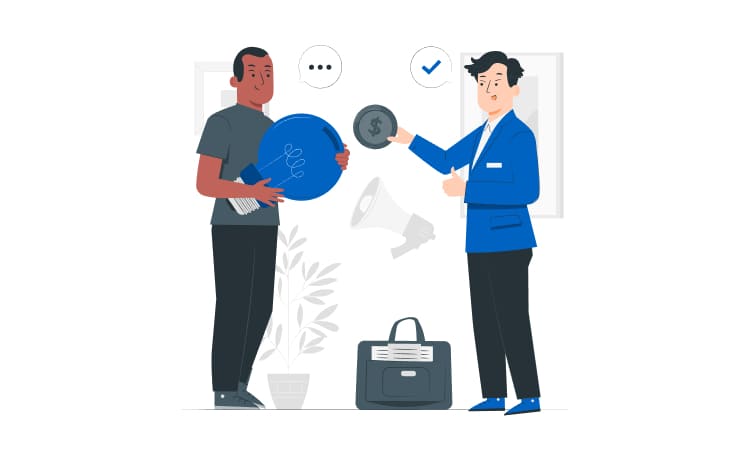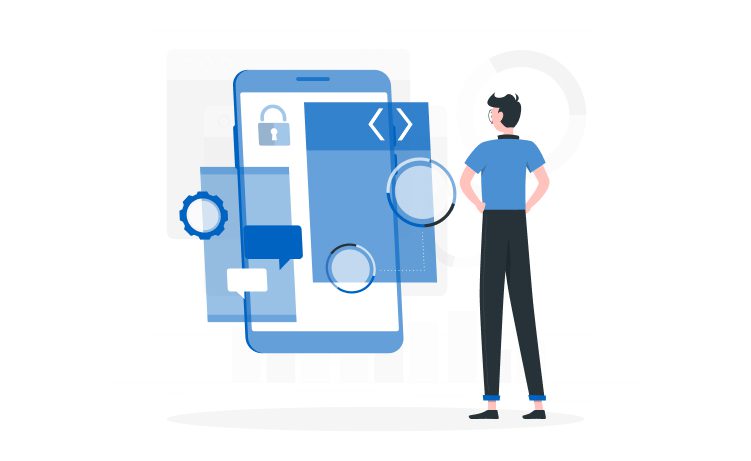
Useful Tips for Mobile App Development Outsourcing



Sooner or later, any enterprise needs tools to work remotely, control key business processes, or organize external activities to interact with customers. In the IT world, such solutions are called mobile apps, which, depending on the technical stack, can act as stand-alone products or be part of a multi-platform resource that adapts to any device.
When a company decides on the need to release a mobile business app, the management must choose to hire a staff of developers or delegate the task to outsource. The Glorium Technologies team has analyzed the risks and benefits of outsourcing mobile app development, compared them with the advantages of the staff option, and is ready to share the results with you.
This article will teach you how to prepare for different types of cooperation, including application development outsourcing, choosing the best performers with relevant experience, and properly organizing the workflow.
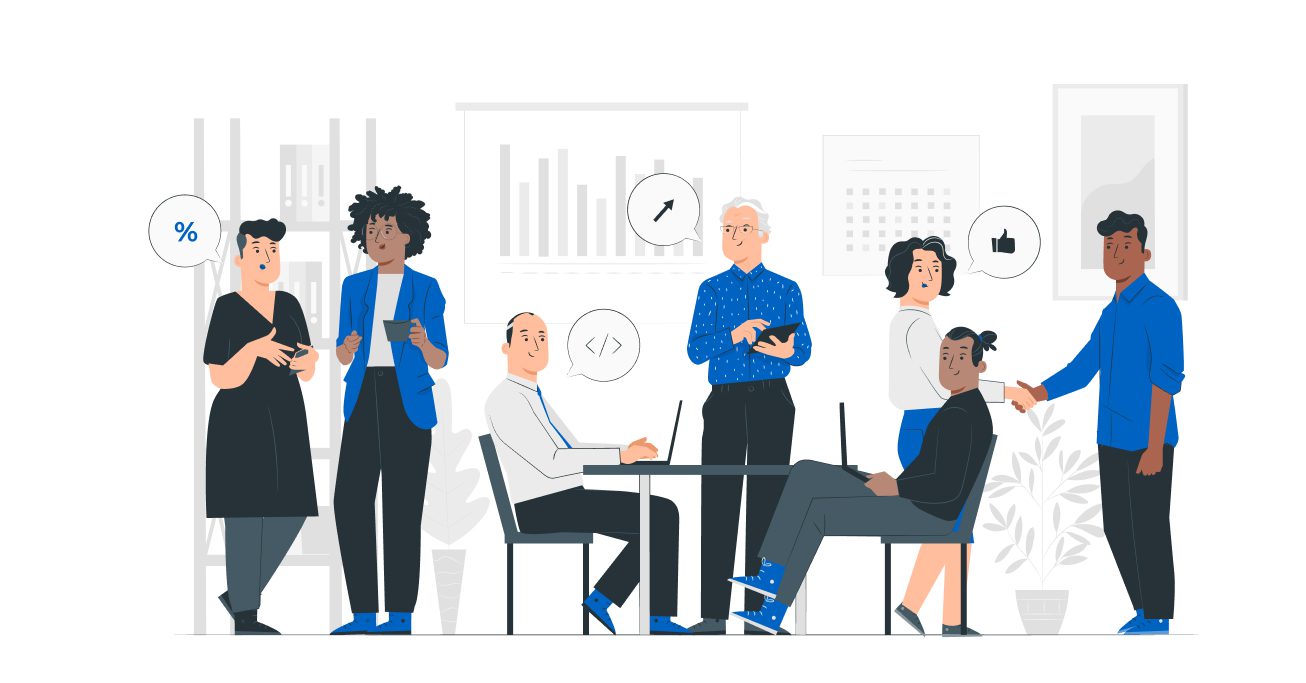
Content
Current technology and development specifics change from year to year. It can be difficult to keep up with the trends, especially if your project falls between these changes. That’s where outsourcing mobile app development can be a game-changer. Don’t get upset; most modern software companies adjust to the changing market in time. And Agile methodology disposes to fast change of vectors, technologies, and development positions.
Glorium Technologies, a leading player in the mobile app development outsourcing industry, has analyzed the mobile software industry, studied analysts’ forecasts, and prepared for you a brief excursion into the trends.
Read more about custom web app development.
A digital product’s target audience is its direct users. To retain previous clients and attract new ones, you need to consider user needs and preferences in mobile app development. In 2025, the focus shifted from innovative technology to usability and the interface’s intuitiveness, which is an important aspect to consider for mobile app development outsourcing.
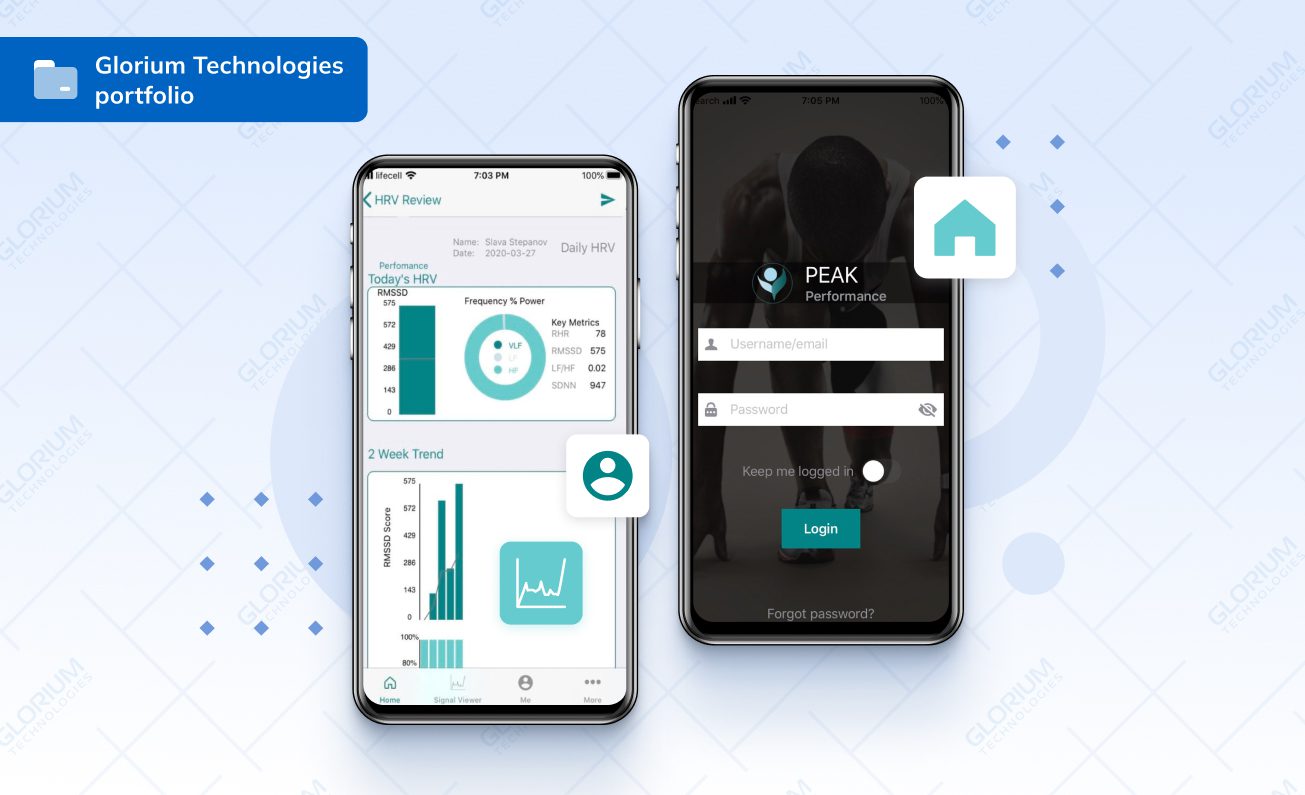
Gesture control with a minimal number of functional elements on the screen is in fashion now. The ideal layout of the app idea for the consumer looks like this: 70% of the screen is the content display area, 20% are the functional buttons at the bottom, and another 10% are the navigation or semantic transcripts.
Local solutions are slowly disappearing. They take up a lot of space on devices and perform all operations in device memory, loading the processor. The next step in mobile app development outsourcing is hybrid solutions.
Back-end, DB, and various modules are moved to the cloud and processed at the expense of server capacity. It’s the same story with graphics. Why download dozens of gigabytes of graphic content to your smartphone when it can be viewed directly from the server at the expense of the high speed of the Internet?
In addition, the cloud is not just hosting but a comprehensive tool for resource development and administration. A good example of such software is Netflix, where content and management are tied to the cloud and accessed by mobile and web clients, highlighting the importance of considering mobile app development outsourcing.
The traditional development method is being replaced by code-free methods based on simple syntax, templates, or constructors, which make it accessible even with mobile app development outsourcing. They greatly speed up the process of creating software and lower the threshold of skills required for the job.
The bias toward simplicity of development through code-free programming is a good trend that will soon shake up and transform the industry, making it extremely important to go for the right mobile app development partner.
Global automation of all operational processes has become commonplace in mobile app development. Various algorithms are used in programming, QA, content creation, production operations, streamlining, and, in particular, the outsourcing app development process. They allow for the speeding up of the work on the product, leveling out the human factor, and reducing routine work by up to 90% while increasing the stability of processes.
In mobile app development, automation helps experts test code, fix bugs, and speed up work on the project as a whole. Even if RPA capabilities are not up to the level of AI, they still have a positive impact on productivity as a whole, which is a consideration for mobile app development outsourcing projects.
As the technology develops, more productive and efficient algorithms will become available to iOS developers and Android app development. And though they will not rid experts of routine, they will facilitate the development process as a whole and significantly speed it up, making it a benefit, especially for mobile app development outsourcing clients.
Artificial intelligence is still in its infancy and cannot perform serious tasks. That’s for now, though. With the development of technology, the capabilities of AI will increase many times over, and it will be possible to delegate complex processes to it, which is a potential avenue to explore when outsourcing mobile app development.
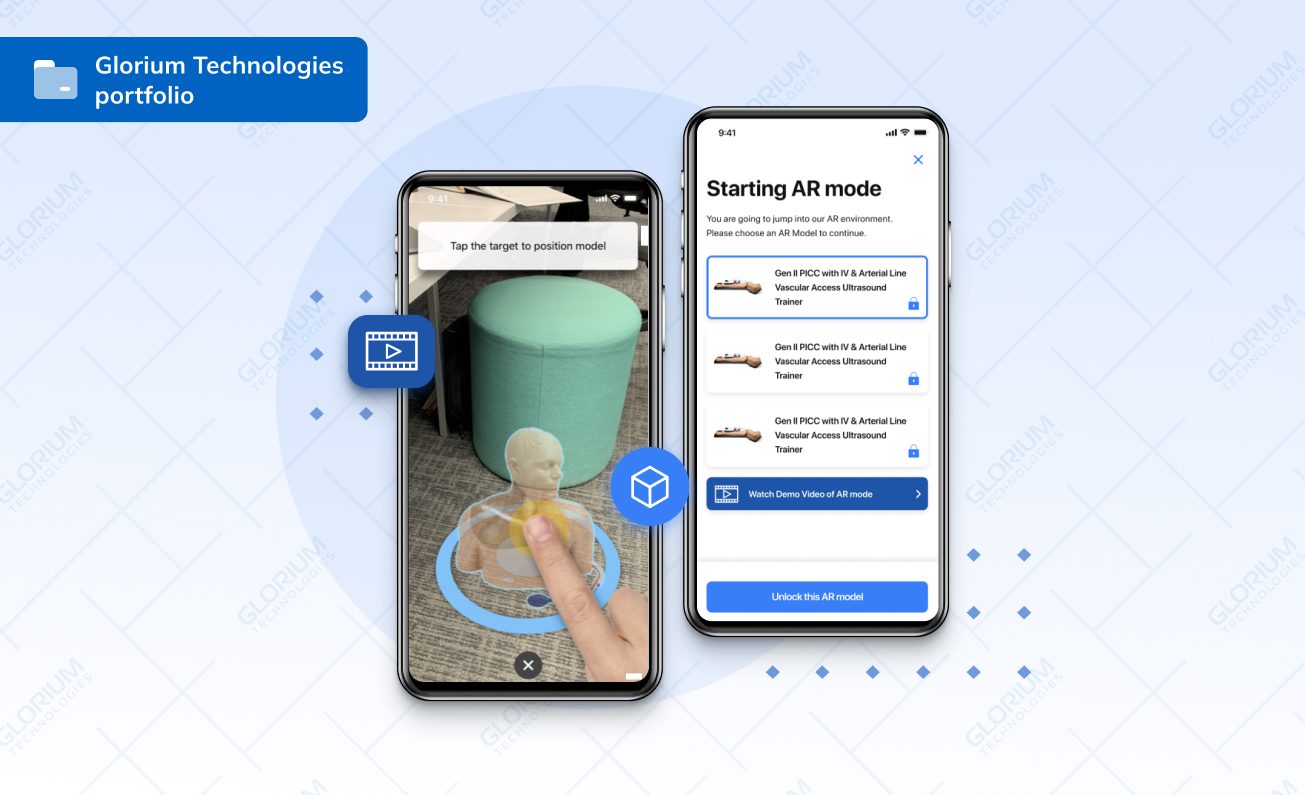
Similarly, AR/VR and IoT are in their infancy. These technologies are actively developed and upgraded, acquiring new functionality and application areas. Some of the brightest names following these trends include Huawei, Apple, and Xiaomi, with its subsidiary brand Mija.
IoT is one of the priorities in developing mobile software for the smart home and managing hundreds of smart devices of various types, a consideration for those looking to outsource mobile app development for IoT applications.
When it comes to releasing a mobile app, we most often imagine a finished IT product as a kind of benchmark to be compared to. For example, a successful service like TikTok. It is a seemingly simple solution with ordinary functionality focused on shooting short videos and publishing them. (In reality, it is very complex).
The same situation applies to any business IT product: if it is in demand by the audience, it will be successful, and if not, it is a complete collapse, even if the solution’s functionality is incredible.
In mobile app development outsourcing, we don’t rush with solution creation. A meticulous analysis should guide your app development process. If you want to launch a product on the market successfully, analyze your competitors first. Identify their strengths, weaknesses, USPs, and key features.
Copying other people’s ideas is considered a bad form, but creativity is encouraged. Your job is to work with marketers and analysts to find the key to success for popular apps, modify it, and apply it to your product with your app development team. And if you need extra hands on the deck, you can always employ mobile app development outsourcing.
After analyzing the market and determining suitable approaches to launch your IT product, draw up a roadmap. As a mobile app development outsourcing company, we recommend starting with an MVP implementation. Prepare a list of implementation priorities. For example, if you develop software for shopping, then MVP consists of catalog, filter, shopping cart, integration with the payment system, and feedback. This functionality is enough for a release, which is also MVP at the same time.
Having released an MVP in PoC status, you can choose one of two paths: upgrade the product or wait and analyze the solution’s effectiveness. We always recommend the second option unless the income comes immediately and the app takes over the market.
But even in this case, you should not abandon the upgrade. Follow the trends and update your product as much as possible. Collaborate with a mobile app development outsourcing partner to successfully monitor and analyze the market, viral trends, and more.
Small businesses often struggle with determining whether to build an in-house team or go with mobile app development outsourcing. Both option have their pros and cons, so let’s compare them.
To get started, look at the differences between these two models:
| In-house | Outsourcing |
| Permanent workers | Temporary workers |
| Know the business specifics | Have general knowledge |
| Have a specific set of skills | Can work with most methodologies |
| Work in a narrow niche | Easily adapt to changes |
| Maintain the product after release | Maintain the product throughout the life cycle |
| Costs for premises, equipment, salary, and training are required | Only the service is paid |
Outsourcing mobile developers or working with a mobile app development outsourcing agency outweighs in-house teams for many startups, small businesses, and even enterprises. Check out the top outsource app development companies.
Read more about in-house vs. outsourcing development.
Individual developers will suit those who need a simple but functional app. It is not easy to assemble a sensible team of singles, and its effectiveness remains questionable.
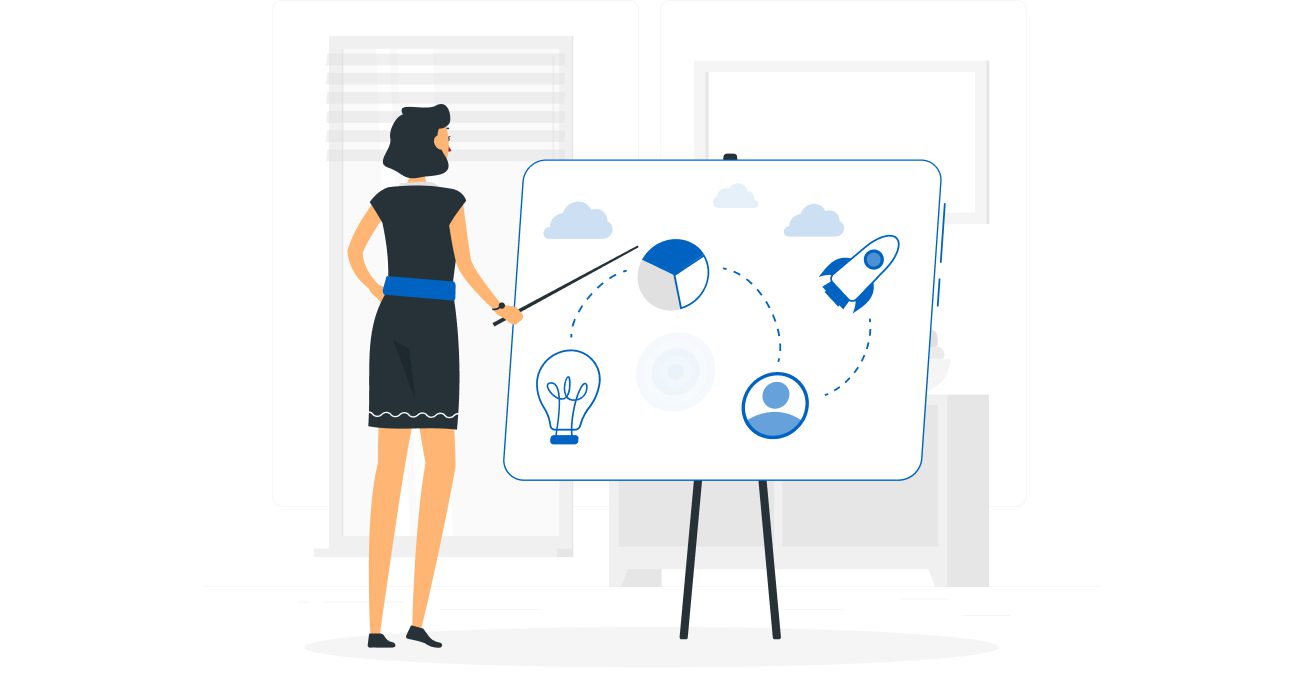
UpWork and TopTal contain profiles of good experts, but there is a lack of project managers, unlike with mobile application development outsourcing. Pulling them together is also very difficult, so coordination and synchronization of work is not a simple task.
Despite the high cost of maintaining a staff of programmers, testers, and project managers, this model is quite popular. In particular, it applies to organizations that release their IT products regularly, supporting and modernizing them for a long time. Of course, outsourcing application development also comes with continuous maintenance, but large enterprises often prefer building in-house teams.
In-house development staff works for giants such as Google, Apple, Microsoft, IBM, and others, including:
Some tasks can be delegated, but such organizations prefer to create, maintain, and update the main product on their own. Indeed, in this case, your staff will cost less than the constant orders of outsourcing services.
Contrary to popular belief that outsourcing app development cost being high, hiring remote developers from Western Europe or Asia is much cheaper than hiring, onboarding, and training an in-house team.
Unlike ordinary developers, outsourcing companies provide a wide range of services, including:
If you want to outsource web app development or mobile application development, get ready for some pitfalls on the way, including miscommunication, cultural barriers, project management issues, and more. To avoid and mitigate these risks, we recommend working with trusted teams.
The benefits are significant, don’t you agree? Let’s discuss the types of outsourcing, challenges, and strengths.
What do you need to find a great outsource app development company who can deliver the MVP and continue to work with the project even after release? First, formulate the idea for your outsource app development project digitally.
Draw up a development plan and strategy. Focus on this checklist:
This list will help you set the required technology stack and choose a development company. Most contractors provide consulting services on a regular basis and, if necessary, will adjust the plan and propose their own ideas.
Now, let’s figure out how to choose a team for outsourcing:
Focus on the price/quality ratio. Too expensive teams annihilate the budget before the end of the contract, and cheap ones often cannot solve serious tasks.
When choosing a contractor, compare the rating and prices of several companies. Study the reviews about them and the cases of past projects. Assess your budget and MVP requirements. Mobile app outsourcing company Glorium Technologies will guide you through all stages of work on a mobile app: from PoC and MVP to release and technical support.
With our help, you will receive an IT product that will strengthen your position in the market and bring profit. Do you want to implement your project shortly? Just get in touch with one of our managers and get a free consultation.
At Glorium Technologies, our expertise lies in providing top-notch outsource app development solutions to meet the diverse needs of our clients. With a highly skilled team of mobile app developers and app development experts, we excel in building cutting-edge solutions tailored to your specific requirements.
Our commitment to app development process excellence is at the core of what we do. Our team of dedicated app developers possesses a deep and structured knowledge of the latest industry trends and technologies, ensuring that every app we create is innovative, user-friendly, and optimized for various platforms.
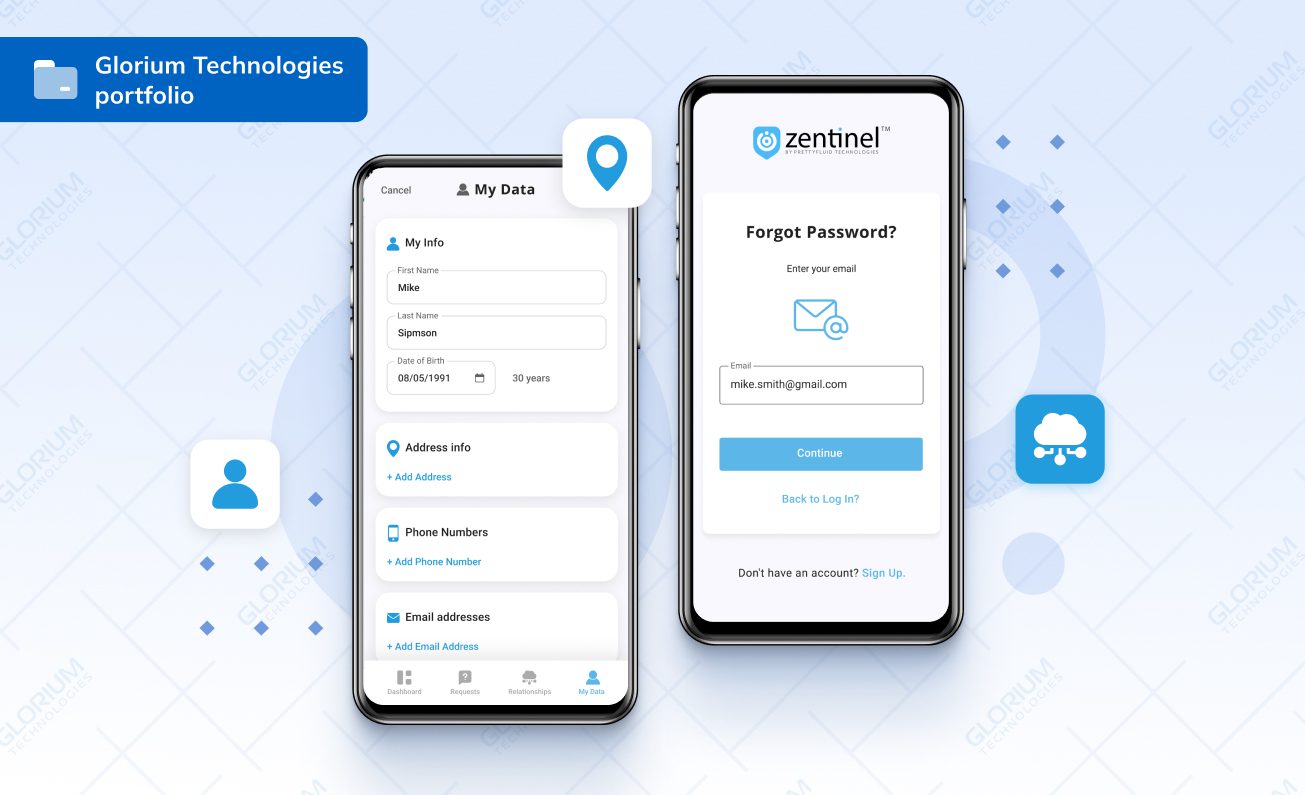 Outstanding mobile app developers
Outstanding mobile app developersOur mobile app developers are not just experts; they are passionate about crafting exceptional mobile applications. Their proficiency spans across iOS, Android, and cross-platform app development. We harness their skills to turn your ideas into engaging and functional apps that captivate your audience.
We always keep in mind that every project is unique, and one-size-fits-all solutions don’t cut it. That’s why we specialize in crafting customized app solutions that align with your business objectives. Whether you need a consumer-facing app, enterprise-level software, or a specialized utility, our outsourced team has the expertise to deliver.
At Glorium Technologies, we believe in a collaborative approach to outsource app development. It’s our main rule to work closely with our clients. This way, we ensure that your vision and goals are fully realized in the final product. Our transparent communication channels and project management processes keep you informed and engaged throughout the development journey.
In the world of app development, innovation is key to staying ahead. Our expert team uses the latest tools, technologies, and frameworks, allowing us to create apps that leverage the full potential of emerging trends. Whether it’s AI integration, AR/VR experiences, or IoT connectivity, we stay at the forefront of innovation.
Our expertise extends beyond app development. We offer comprehensive services, including app design, quality assurance, testing, and ongoing support. From concept to deployment and beyond, we’re your trusted partner in the entire app development lifecycle.
The final cost of outsourcing depends on your app’s idea, complexity, features, and other factors. For example, a simple application may cost around $10,000-$30,000, while adding more advanced features and design can increase the initial cost by up to $50,000.
The project scope covers everything from planning and design to testing and launch. This process spans several months, depending on your application’s complexity. It may take your outsourcing partner to develop your application in up to 3-6 months, or, if you’re choosing a more complex system, 6-12 and even more months.
When selecting an app development outsourcing company, consider factors such as their portfolio and previous projects, references, and client testimonials to assess reputation, the skillset and experience of their mobile developers, communication capabilities for effective collaboration, transparent project management processes, and budget alignment and cost structures.
Yes, many app development outsourcing companies offer the option to assemble a dedicated team specifically for your project. This team can work exclusively on your mobile app development, providing focused attention and expertise throughout the project’s lifecycle. Working with a dedicated team is the best way to benefit from mobile development outsourcing.
Project management in app development outsourcing involves several key steps, including initial project scoping and requirements gathering, development team allocation and resource planning, clear communication channels for ongoing collaboration, milestone tracking and progress reporting, quality control and testing phases, and timely delivery and ongoing support as needed.
Efficient project management in mobile development outsourcing ensures that your outsource mobile app development project is completed successfully, meeting your objectives and deadlines.
